Home>Ideas and Tips>Understanding Home Insurance: What’s Covered And What’s Not


Ideas and Tips
Understanding Home Insurance: What’s Covered And What’s Not
Published: September 26, 2024
Discover what home insurance covers and what it doesn't. Learn about dwelling, personal property, and liability coverage to protect your home effectively.
(Many of the links in this article redirect to a specific reviewed product. Your purchase of these products through affiliate links helps to generate commission for Storables.com, at no extra cost. Learn more)
Understanding Home Insurance: What's Covered and What's Not
Home insurance is a crucial safeguard for homeowners, providing financial protection against various risks and damages to your property. It acts as a safety net, ensuring that you are not left with significant financial burdens in case of unexpected events such as natural disasters, theft, or accidents. In this article, we will delve into the details of what home insurance covers and what it does not cover, helping you make informed decisions about your coverage.
Introduction
Home insurance is more than just a legal requirement; it is a vital component of responsible homeownership. It protects not only the physical structure of your home but also your personal belongings and financial well-being. Understanding what is covered and what is not covered by home insurance can help you tailor your policy to meet your specific needs.
Read more: What Insurance Covers Home Repairs
What Home Insurance Covers
Home insurance typically covers a wide range of risks and damages. Here are some of the key areas that are usually included:
1. Dwelling Coverage
This is the most basic form of coverage and it protects the physical structure of your home against damage or destruction. It includes coverage for the main building, attached structures like garages or sheds, and sometimes detached structures like fences or outbuildings.
2. Personal Property Coverage
This type of coverage protects your personal belongings such as furniture, appliances, clothing, and other household items. It also covers items that are temporarily removed from the home, such as jewelry or electronics.
3. Liability Coverage
Liability coverage protects you in case someone is injured on your property or if you accidentally damage someone else's property. It can also cover legal fees if you are sued.
4. Additional Living Expenses (ALE) Coverage
If your home becomes uninhabitable due to damage from a covered event, ALE coverage helps pay for temporary housing costs such as hotel stays or rental apartments.
5. Other Structures Coverage
This type of coverage protects other structures on your property that are not attached to the main dwelling, such as fences, decks, or detached garages.
6. Scheduled Personal Property Coverage
For high-value items like jewelry, art, or collectibles, you can purchase scheduled personal property coverage which provides additional protection beyond what standard personal property coverage offers.
What Home Insurance Does Not Cover
While home insurance provides comprehensive protection against various risks, there are certain events or damages that are typically excluded from coverage. Here are some key exclusions:
1. Maintenance-Related Issues
Home insurance does not cover damages resulting from poor maintenance or neglect. For example, if a roof collapses because it was not properly maintained, the damage would likely be excluded from coverage.
2. Earthquakes and Floods
In many areas, earthquakes and floods are not covered by standard home insurance policies unless you purchase additional riders specifically for these risks.
3. Government Actions
Home insurance does not cover damages caused by government actions such as eminent domain or condemnation.
4. Wear and Tear
Home insurance does not cover normal wear and tear over time. For instance, replacing old flooring or repairing cracks in walls due to aging would not be covered.
5. Intentional Acts
If you intentionally damage your own property or cause harm to others on purpose, home insurance will not cover these actions.
6. Business-Related Activities
Home insurance typically does not cover business-related activities conducted within the home unless you have a separate business insurance policy.
7. Pre-Existing Conditions
If there is a pre-existing condition with your home (e.g., a known leaky roof), home insurance may not cover repairs related to that condition unless you have specifically added it to your policy.
Additional Considerations
When choosing a home insurance policy, there are several additional factors to consider:
1. Policy Limits
Ensure that your policy limits are sufficient to cover the value of your home and personal belongings.
2. Deductible Amounts
Higher deductibles can lower your premiums but increase out-of-pocket costs when filing a claim.
3. Riders and Endorsements
Consider purchasing additional riders or endorsements for specific risks like earthquakes or floods if they are not already included in your standard policy.
4. Policy Exclusions
Carefully review policy exclusions to understand what is not covered and take steps to mitigate those risks if possible.
5. Provider Reputation
Choose an insurance provider with a good reputation for customer service and claims processing efficiency.
Conclusion
Understanding what is covered and what is not covered by home insurance is crucial for making informed decisions about your coverage needs. By knowing what risks are protected by standard policies and which ones require additional coverage, you can tailor your policy to provide comprehensive protection for both your home and personal belongings while avoiding unnecessary expenses.
In summary:
- Dwelling Coverage protects the physical structure of your home.
- Personal Property Coverage protects your personal belongings.
- Liability Coverage protects against legal liabilities.
- Additional Living Expenses (ALE) Coverage helps with temporary housing costs if your home becomes uninhabitable.
- Other Structures Coverage protects other structures on your property.
- Scheduled Personal Property Coverage provides additional protection for high-value items.
On the other hand:
- Maintenance-Related Issues are typically excluded from coverage.
- Earthquakes and Floods often require additional riders unless specifically included in standard policies.
- Government Actions, Wear and Tear, Intentional Acts, Business-Related Activities, and Pre-Existing Conditions are also generally excluded from standard home insurance policies.
By carefully evaluating these aspects of home insurance coverage, you can ensure that you have adequate protection for one of life's most significant investments—the place you call home.
Read more: What Does Renovation Insurance Cover
References:
For further detailed information on home insurance coverage and exclusions, refer to resources like and. These sources provide comprehensive explanations tailored specifically towards understanding home insurance better.
By following this guide, homeowners can make informed decisions about their home insurance policies, ensuring they have the right level of protection against various risks while avoiding unnecessary expenses.
Was this page helpful?
At Storables.com, we guarantee accurate and reliable information. Our content, validated by Expert Board Contributors, is crafted following stringent Editorial Policies. We're committed to providing you with well-researched, expert-backed insights for all your informational needs.




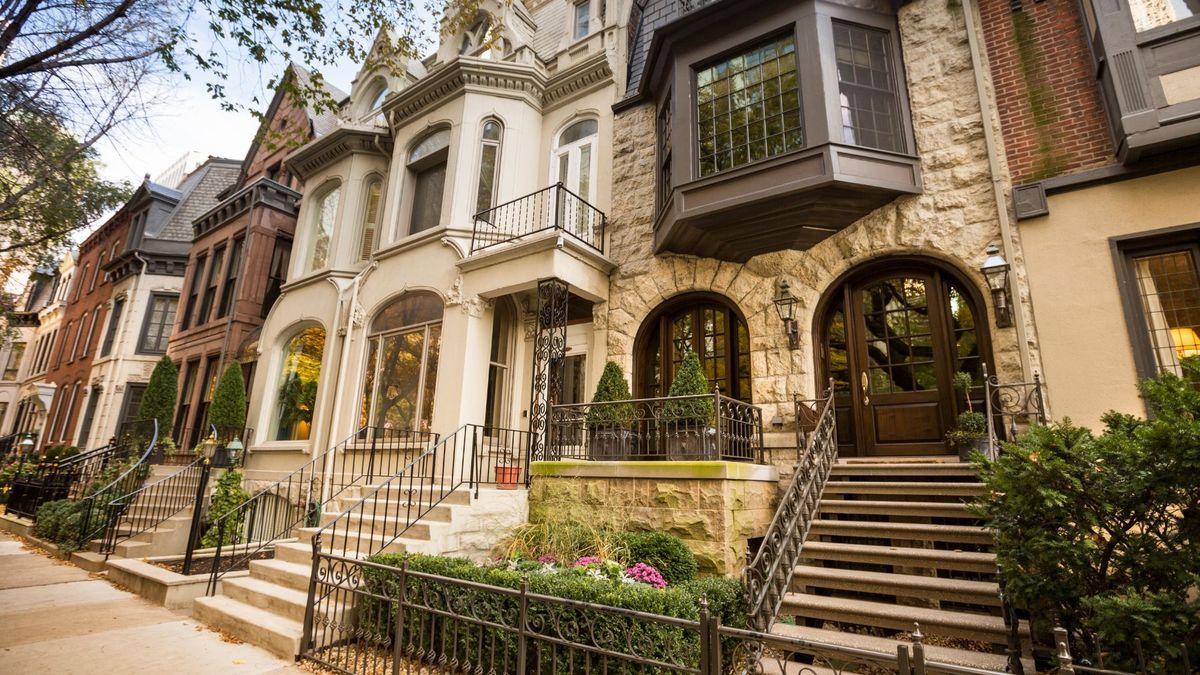
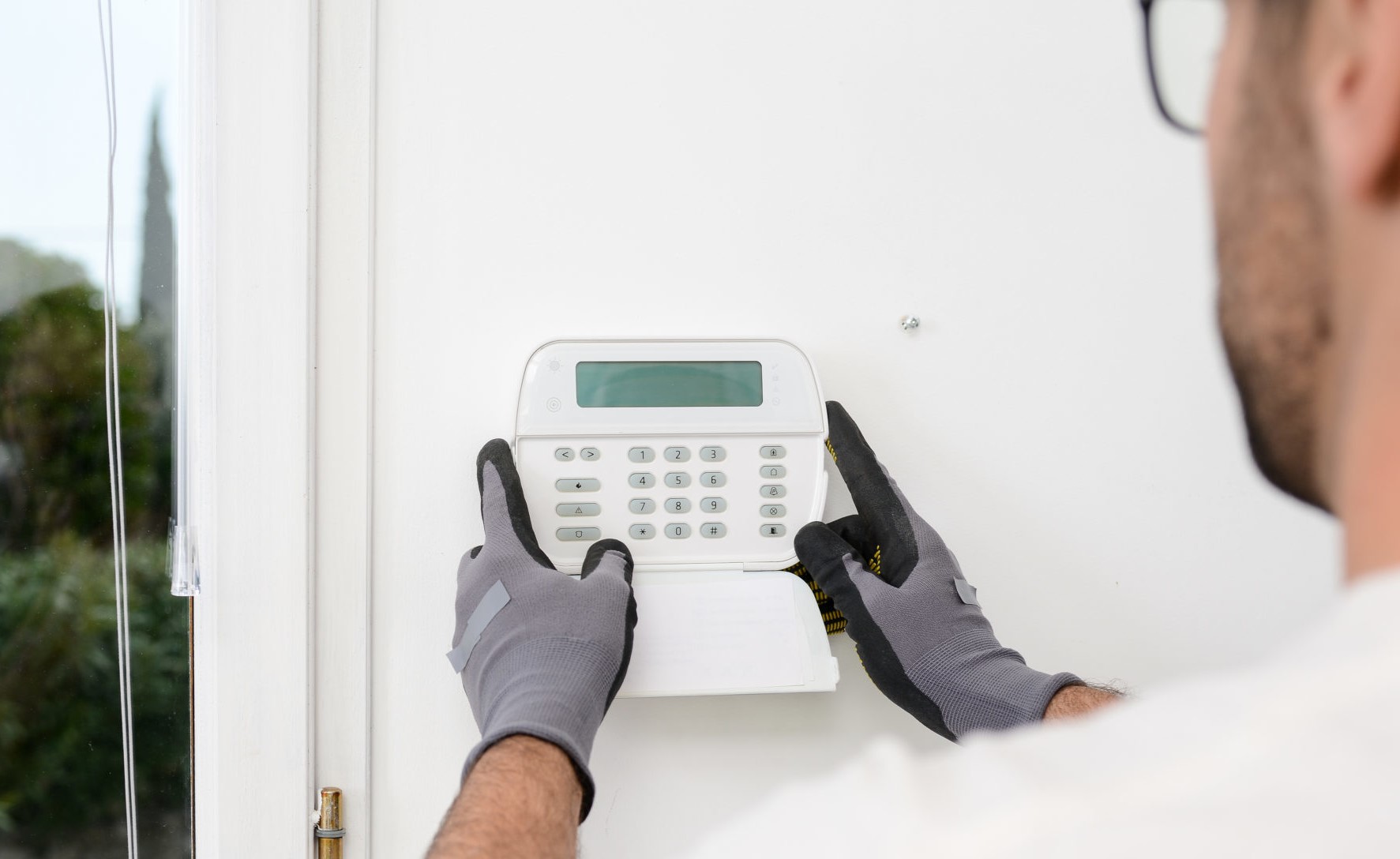

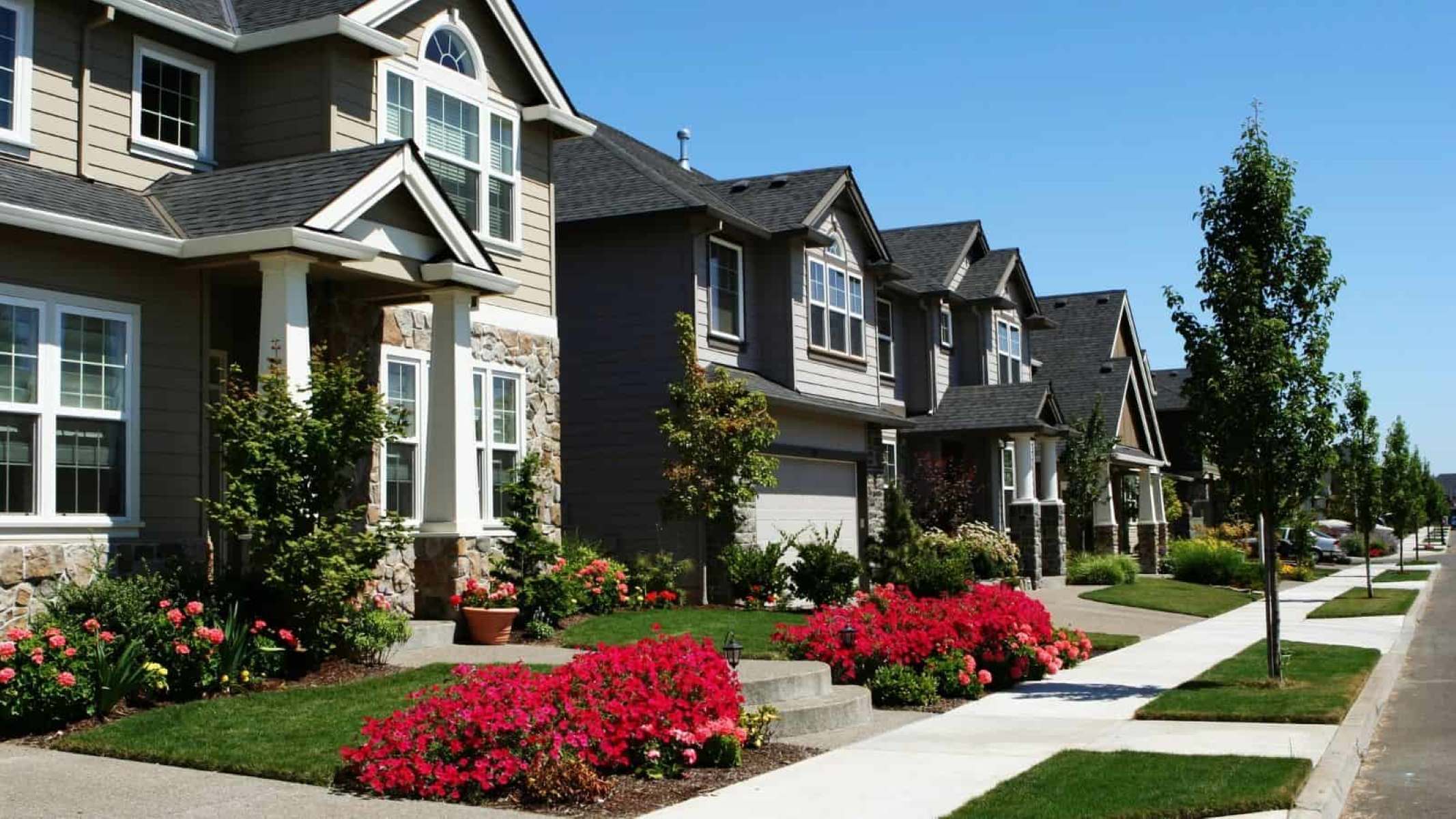
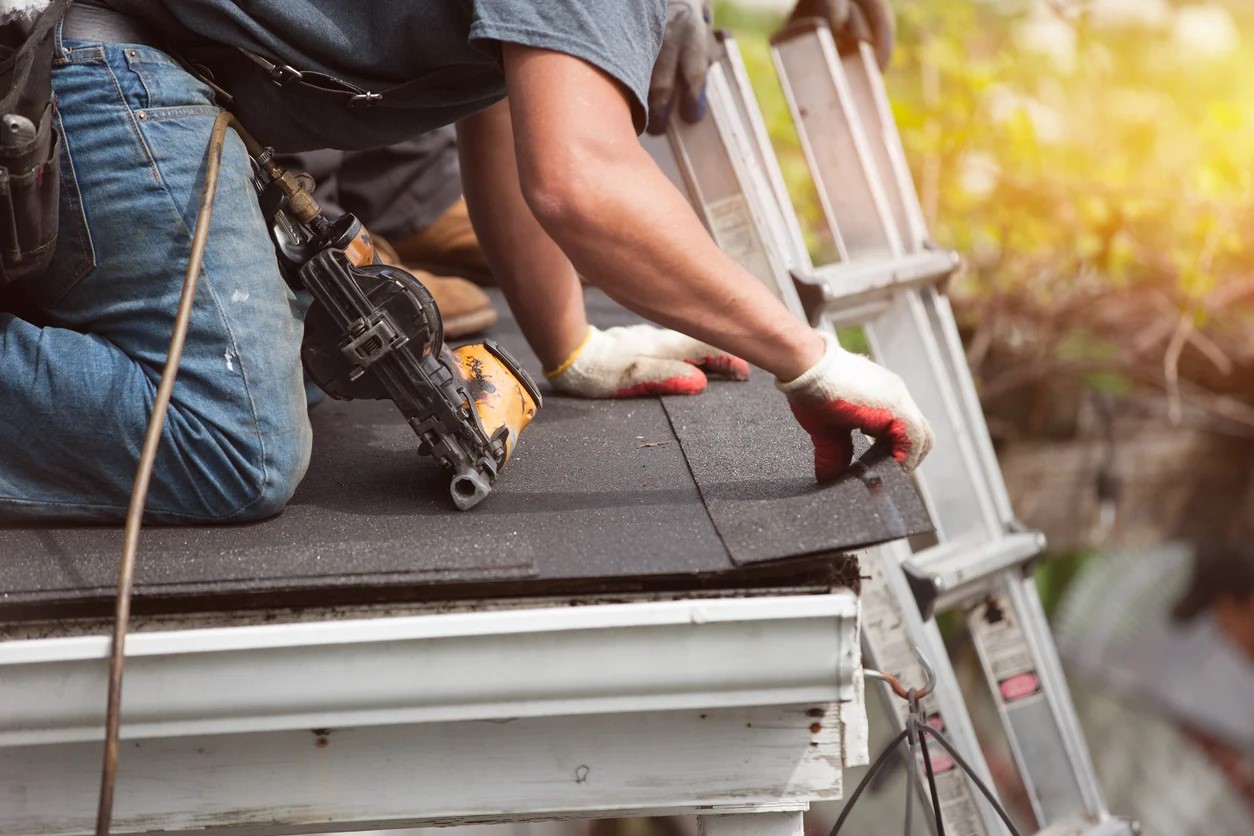

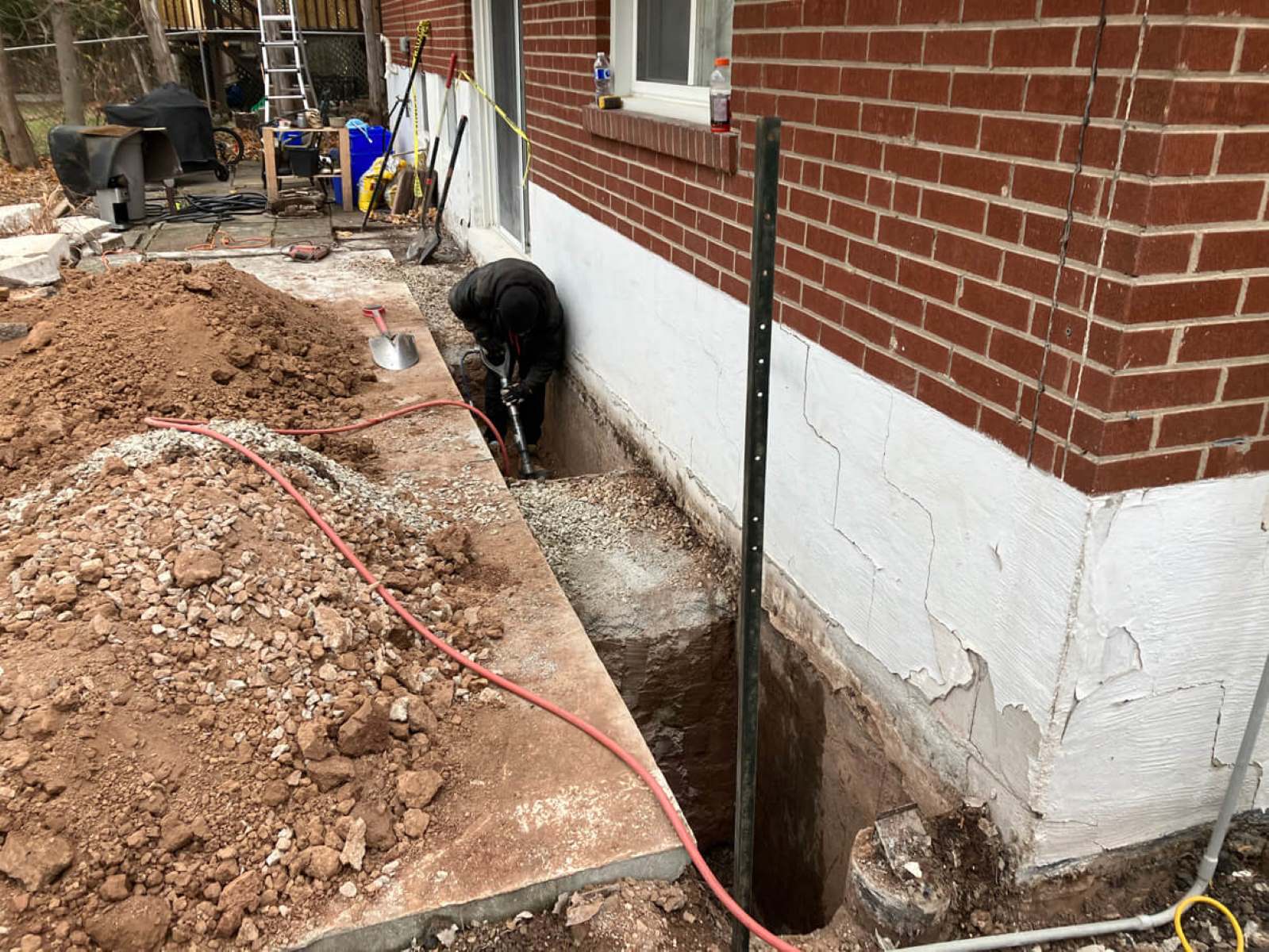
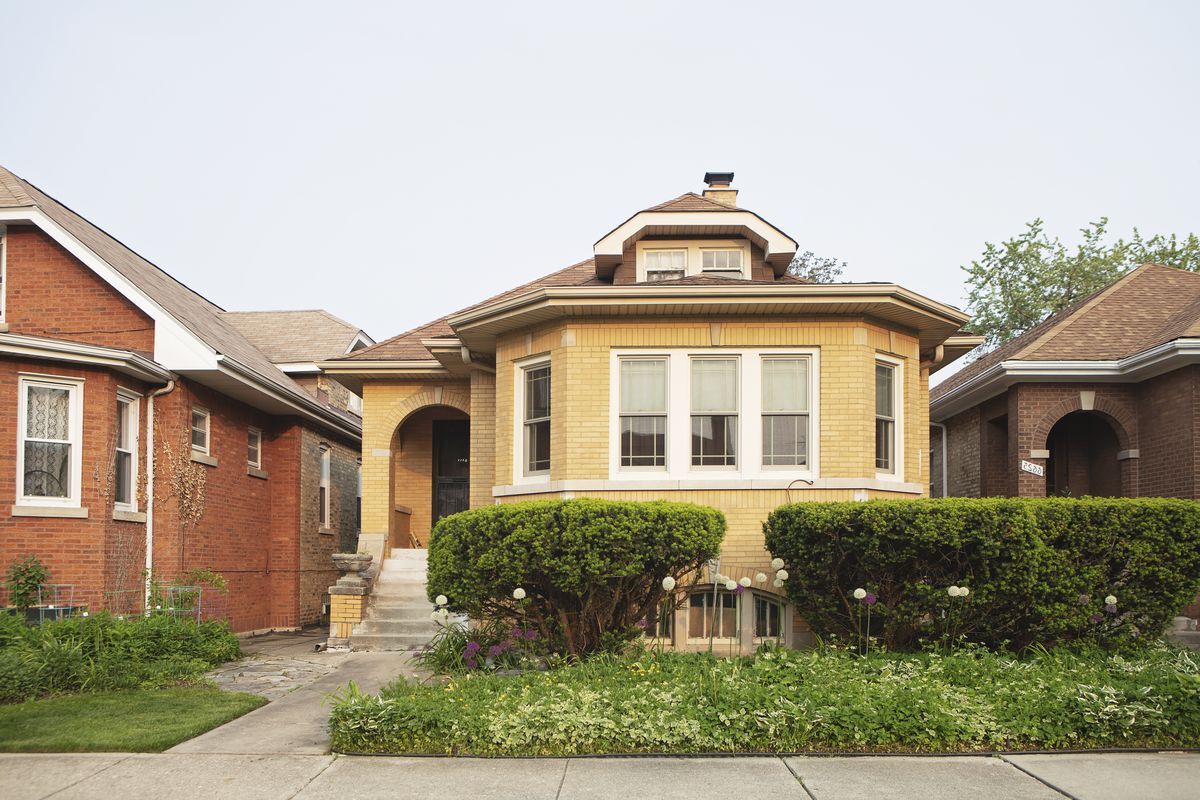
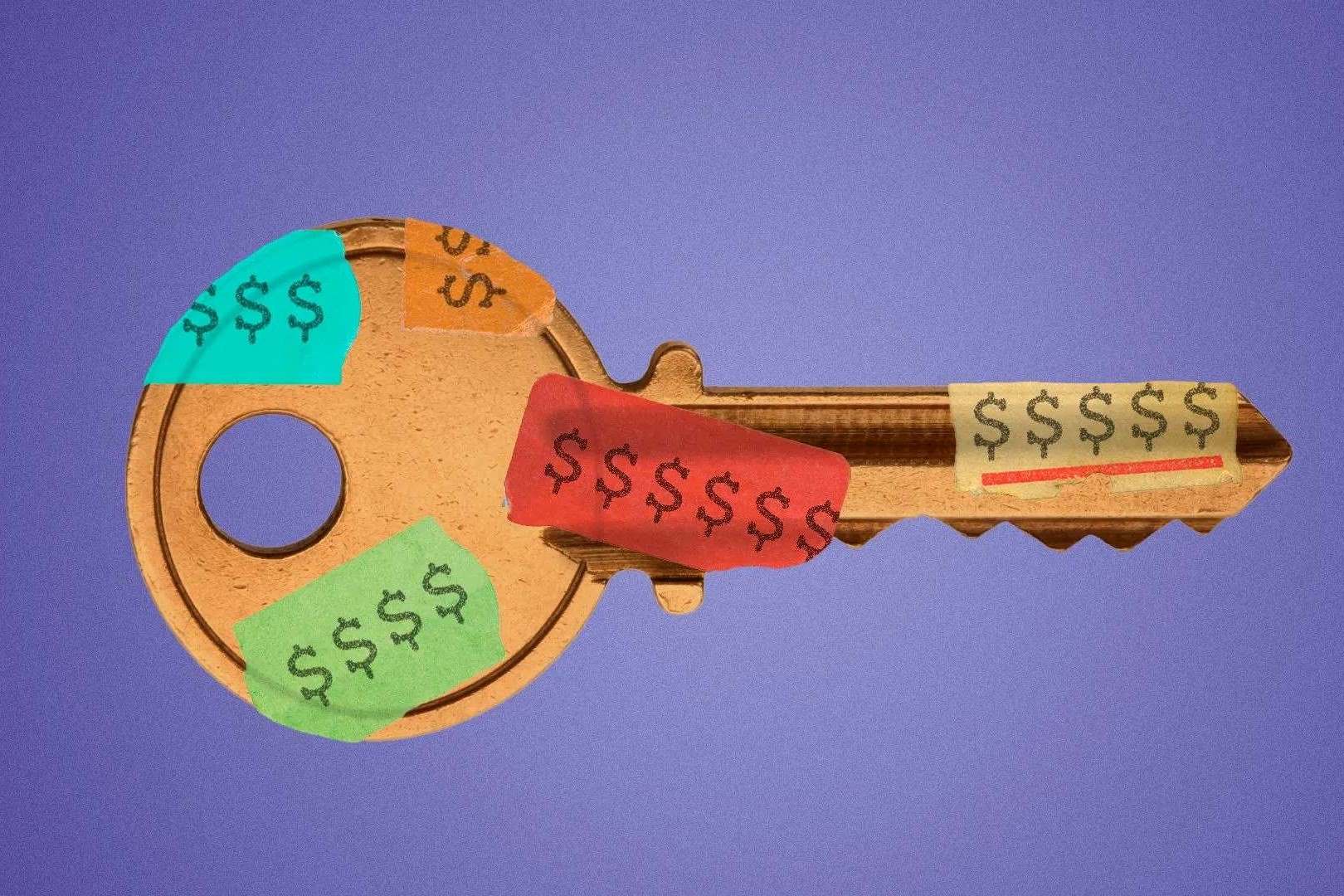
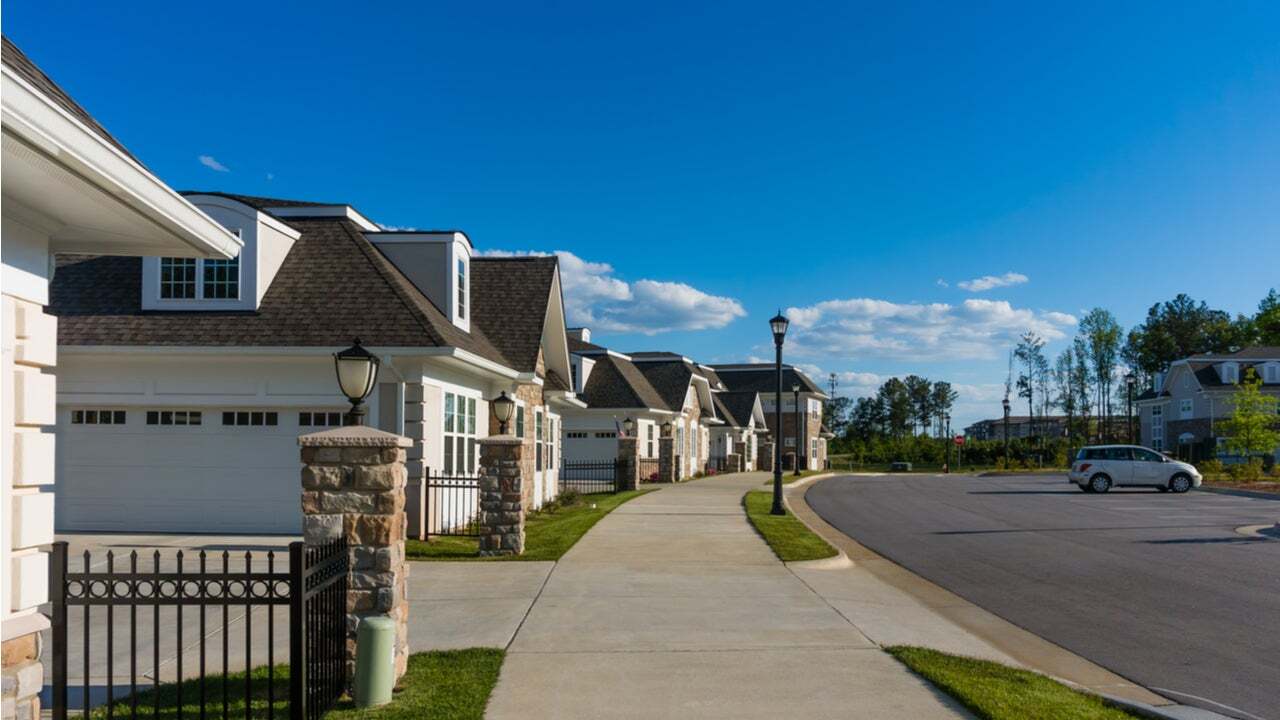

0 thoughts on “Understanding Home Insurance: What’s Covered And What’s Not”